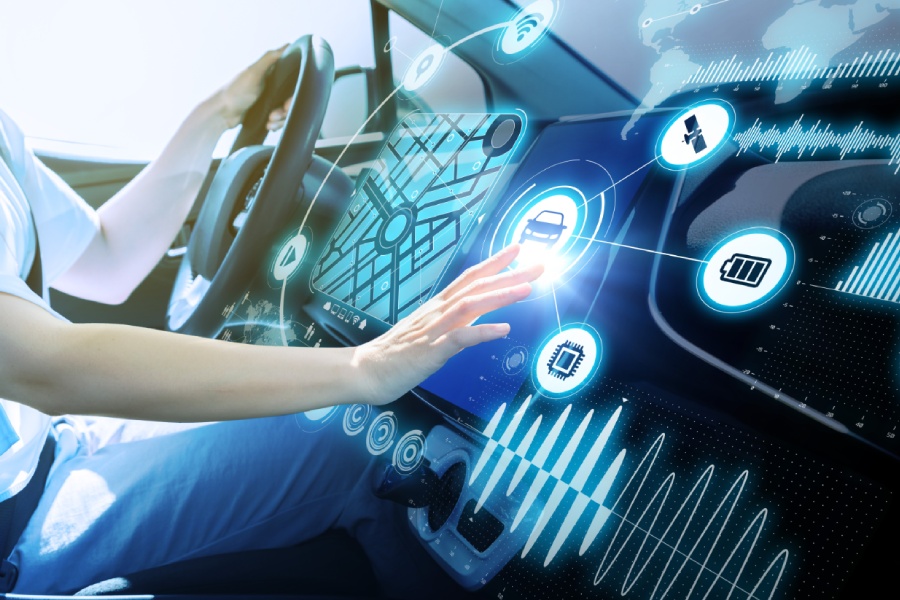As the automotive and insurance industries undergo transformative changes, the future of US auto insurance is being reshaped by technological advancements, consumer expectations, and evolving regulatory landscapes. The emergence of connected vehicles, telematics, and data analytics is driving this “Connected Revolution,” promising to redefine how auto insurance is structured, priced, and delivered. In this article, we explore the key trends and innovations shaping the future of US auto insurance.
The Rise of Connected Vehicles
Connected vehicles, equipped with advanced sensors, GPS, and communication systems, are revolutionizing the auto insurance landscape. These vehicles collect vast amounts of data, including real-time driving behavior, vehicle health, and environmental conditions. This data is invaluable for insurers, enabling them to assess risk more accurately, develop personalized policies, and respond promptly to accidents.
One of the most significant benefits of connected vehicles is the potential for usage-based insurance (UBI). UBI models, such as pay-as-you-drive or pay-how-you-drive, allow insurers to offer premiums based on actual driving behavior rather than traditional factors like age or gender. This shift not only provides fairer pricing for drivers but also incentivizes safer driving habits.
Telematics and Real-Time Data
Telematics technology plays a crucial role in the connected revolution. By collecting and analyzing real-time data from vehicles, insurers can gain insights into driver behavior, including speed, braking patterns, and frequency of travel. This data is not only used to calculate premiums but also to provide feedback to drivers, helping them improve their driving skills.
Moreover, telematics can enhance claims processing and fraud detection. In the event of an accident, telematics data can provide a detailed account of the incident, including the exact time, location, and nature of the collision. This information can expedite claims processing and reduce the likelihood of fraudulent claims, benefiting both insurers and policyholders.
The Impact of Autonomous Vehicles
Autonomous vehicles (AVs) represent another significant development in the future of auto insurance. While fully autonomous vehicles are not yet commonplace, the technology is advancing rapidly. AVs have the potential to drastically reduce accidents caused by human error, which is currently the leading cause of road accidents.
For insurers, the widespread adoption of AVs presents both challenges and opportunities. On one hand, the reduced frequency of accidents could lead to lower premiums and decreased revenue. On the other hand, the complexity of AV technology raises new questions about liability and risk assessment. Insurers will need to adapt their models to account for the risks associated with software malfunctions, cyberattacks, and other AV-specific issues.
Data Privacy and Security Concerns
The increased reliance on data in the auto insurance industry raises significant concerns about data privacy and security. As insurers collect and store vast amounts of personal and driving data, ensuring the protection of this data becomes paramount. Regulatory frameworks, such as the General Data Protection Regulation (GDPR) in Europe and the California Consumer Privacy Act (CCPA) in the US, impose strict requirements on how companies handle personal data.
Insurers must implement robust cybersecurity measures to protect data from breaches and unauthorized access. Additionally, transparency and clear communication with customers about data usage are essential for building trust and ensuring compliance with regulations.
The Role of Insurtech and Digital Transformation
The insurtech sector is playing a pivotal role in driving innovation in the auto insurance industry. Startups and established companies alike are leveraging digital technologies to streamline operations, enhance customer experiences, and develop new products. For instance, mobile apps and online platforms enable customers to purchase policies, file claims, and access support services with ease.
Artificial intelligence (AI) and machine learning (ML) are also being used to improve underwriting processes, detect fraud, and provide personalized recommendations. As digital transformation continues, the role of traditional intermediaries, such as agents and brokers, is evolving. While their expertise remains valuable, digital channels are becoming increasingly important in reaching and engaging customers.
The Future Landscape of US Auto Insurance
The connected revolution is fundamentally changing the landscape of US auto insurance. As technology continues to advance, insurers will need to adapt their strategies and embrace innovation to remain competitive. The future of auto insurance will likely involve a greater focus on personalized policies, real-time data analysis, and digital customer engagement.
Furthermore, collaboration between insurers, automakers, technology companies, and regulators will be crucial in addressing emerging challenges and opportunities. By working together, these stakeholders can ensure that the benefits of connected vehicles and advanced technologies are realized while safeguarding consumer interests and maintaining market stability.
In conclusion, the future of US auto insurance is bright, with the connected revolution offering unprecedented opportunities for innovation and growth. As the industry navigates this transformative period, insurers that embrace change and invest in technology will be well-positioned to succeed in the evolving market landscape.





